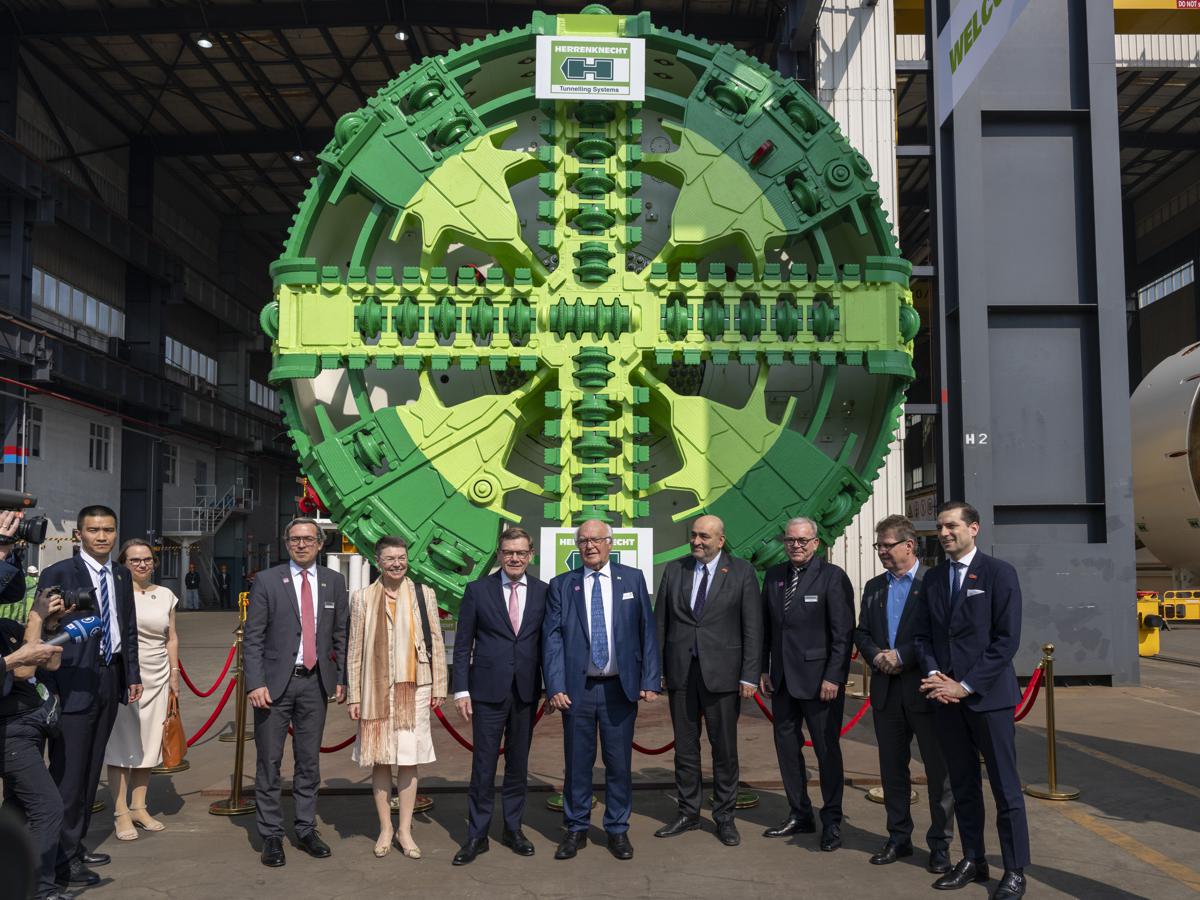Kenya Uganda Expressway to Reshape East Africa’s Transport Future
The East African Community has confirmed that construction work on the Kenya Uganda Expressway is preparing to break ground, signalling a pivotal shift for mobility across the Northern Corridor. This announcement follows extensive bilateral discussions and the completion of feasibility studies that classify the scheme as both technically viable and investment ready.
The forthcoming Kisumu-Busia / Kakira-Malaba Multinational Expressway is backed by the African Development Bank and supported by a grant from the NEPAD Infrastructure Project Preparation Facility. Policymakers regard the project as a cornerstone for modernising cross border logistics, streamlining traffic and reshaping the flow of goods and people along one of East Africa’s busiest trade arteries.
Transforming A Strategic Transport Lifeline
The Northern Corridor remains the essential gateway linking the port of Mombasa with Uganda, Rwanda, Burundi, the Democratic Republic of Congo and South Sudan. It underpins much of the region’s import and export economy, serving industries ranging from agriculture and mining to construction and energy.
Feasibility findings highlight strong economic justification, with assessments covering engineering layouts, traffic modelling, environmental and social safeguards and cost projections. The studies reinforce the corridor’s importance to Uganda’s Vision 2040, which aims to expand national paved road density to global standards of 100 km per 1,000 sq km.
Key Upgrades In Uganda
Uganda’s section incorporates a new 60 kilometre greenfield expressway stretching from Jinja to Busesa, with the project finance structured as a Public-Private Partnership. Engineers will also dual the Busesa-Malaba and Busitema-Busia roads, while retaining the Lwakhakha-Bumbobi link as a single carriageway.
Officials emphasise the project’s significance, noting its role in opening economic clusters across eastern Uganda and creating a more efficient route towards the border. Transport planners anticipate a marked reduction in travel delays once works are completed.
Major Improvements On The Kenyan Side
Kenya’s component of the expressway programme includes dualling the Kisumu bypass and upgrading the Kimaeti-Lwakhakha road to full bitumen standards. Border compliance and safety form a major element of the wider programme, with rehabilitation works planned for the Busia and Malaba One Stop Border Posts.
Construction specialists highlight how these improvements will unlock value for regional hauliers, strengthen intermodal connections and support future industrial and logistics developments across western Kenya.
Enhancing Trade And Regional Integration
Market analysts argue the expressway will provide a substantial boost to intra EAC trade. Freight operators continue to face congestion, ageing infrastructure and periodic delays, all of which add cost and uncertainty to supply chains.
The completed expressway is projected to increase regional freight efficiency, reduce border transit times and improve road safety. These outcomes hold particular relevance for agricultural exports, fuel distribution and construction materials supply, sectors heavily reliant on dependable and high capacity transport networks.
Part Of A Wider Vision For East Africa’s Road Network
The Kenya Uganda Expressway is one component of a much broader multinational infrastructure drive designed to strengthen links between EAC member states. Priority corridors currently under development include:
- Arusha-Namanga-Athi River (235 km)
- Voi-Taveta/Holili-Moshi-Arusha (240 km)
- Malindi-Lungalunga-Tanga-Bagamoyo (400 km)
- Masaka-Mutukula-Kumunazi-Bugene-Kyaka
- Lusahunga-Rusumo-Kayonza-Kigali (162 km)
- Uvinza-Kanyani-Gisuru-Rusengo-Bugarama (375 km)
- Kisumu-Busia/Malaba-Jinja Expressway (256 km)
- Ngozi-Kirundo-Kanyaru Bas-Nyamiyaga (176 km)
Taken together, these roads form the backbone of the EAC’s drive towards enhanced mobility, lower transport costs and better trade facilitation across the region. Transport economists suggest the combined improvements will strengthen investment confidence, open new cross border markets and accelerate economic convergence among member states.
Strengthening Regional Ambition
The expressway’s development demonstrates East Africa’s commitment to modern, resilient and predictable transport infrastructure. With feasibility assessments now complete and investment readiness confirmed, the project is poised to reshape the movement of goods and people for decades.
Stakeholders argue the expressway supports broader goals of seamless integration, inclusive growth and long term competitiveness. As procurement and construction advance, the region prepares for a new chapter in mobility that will serve communities, businesses and national economies alike.




















